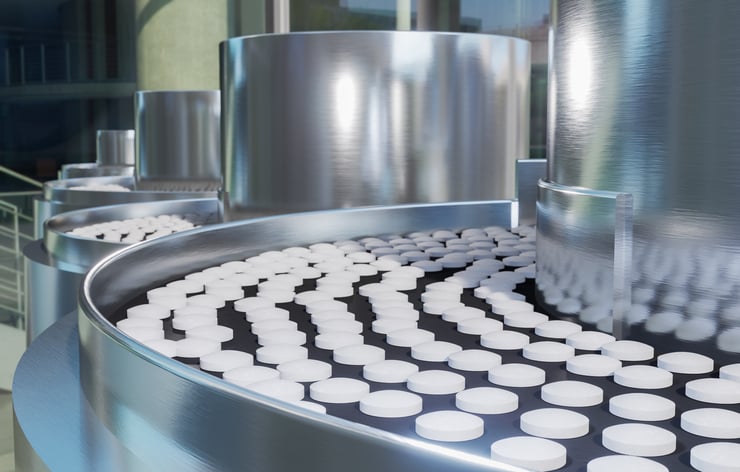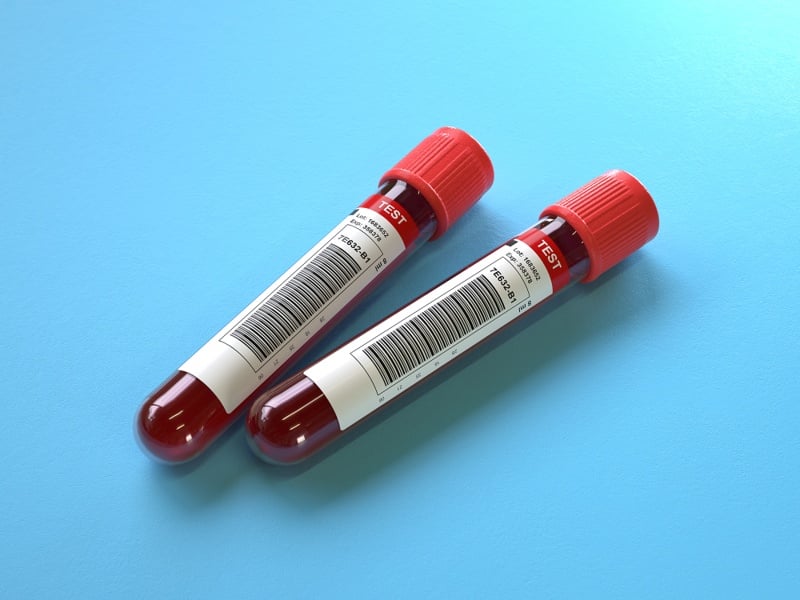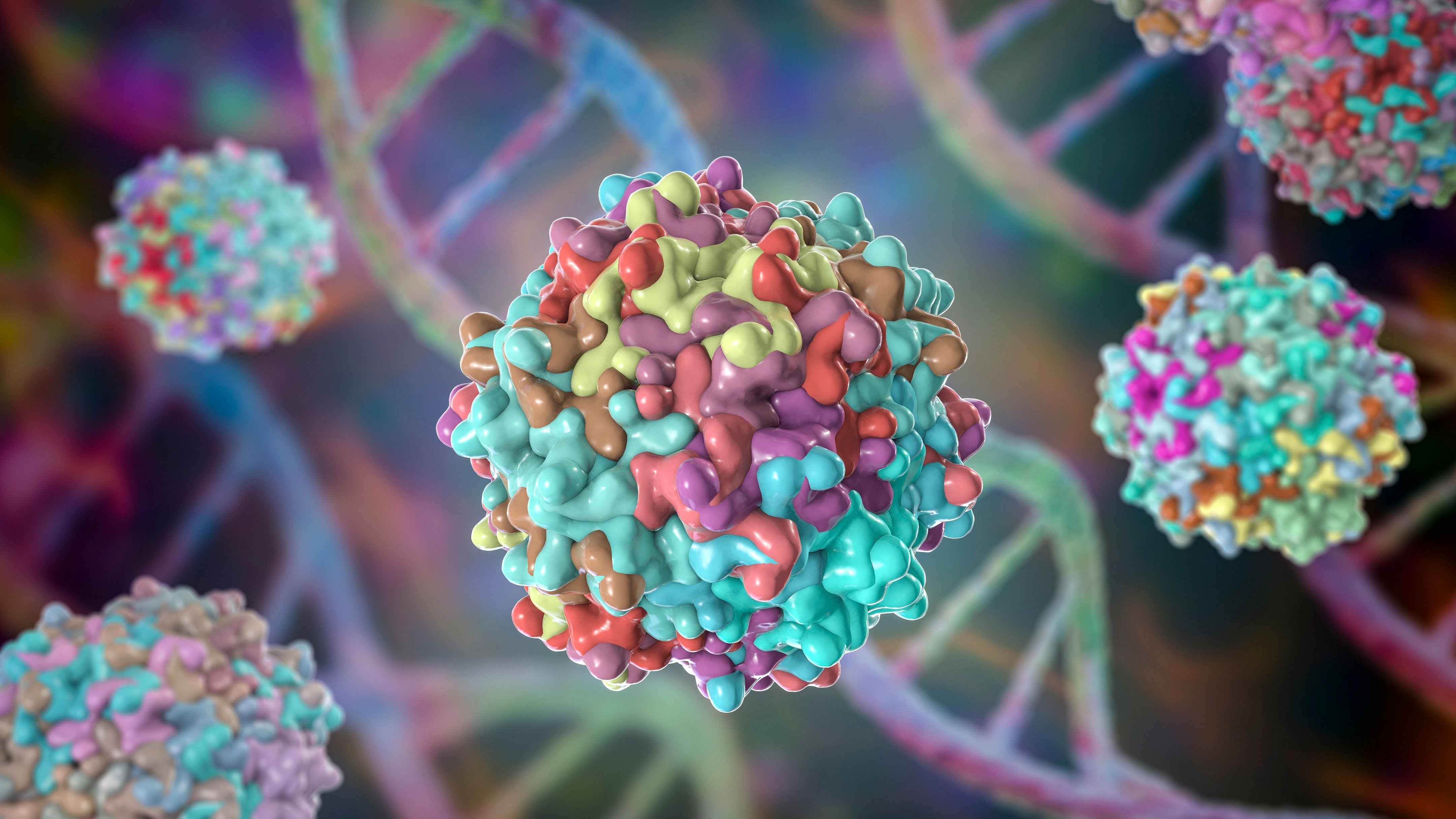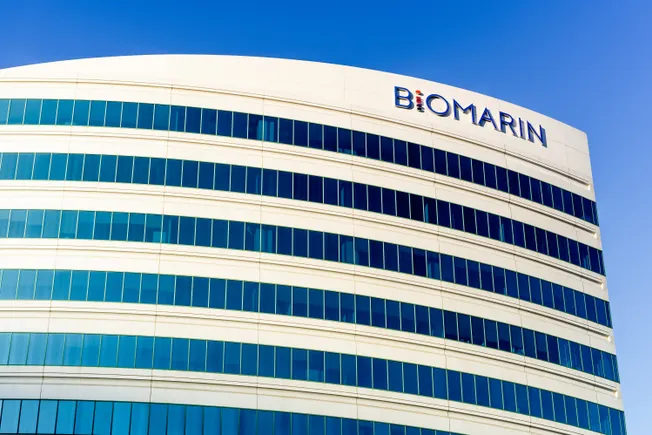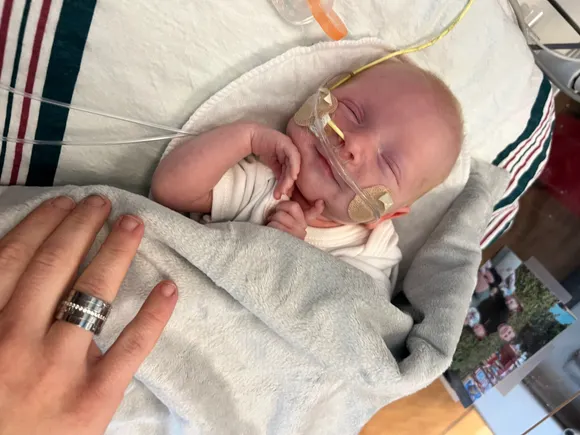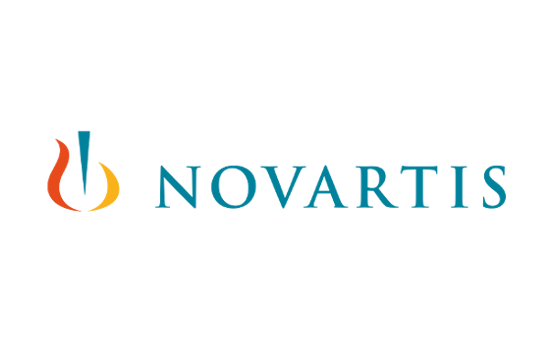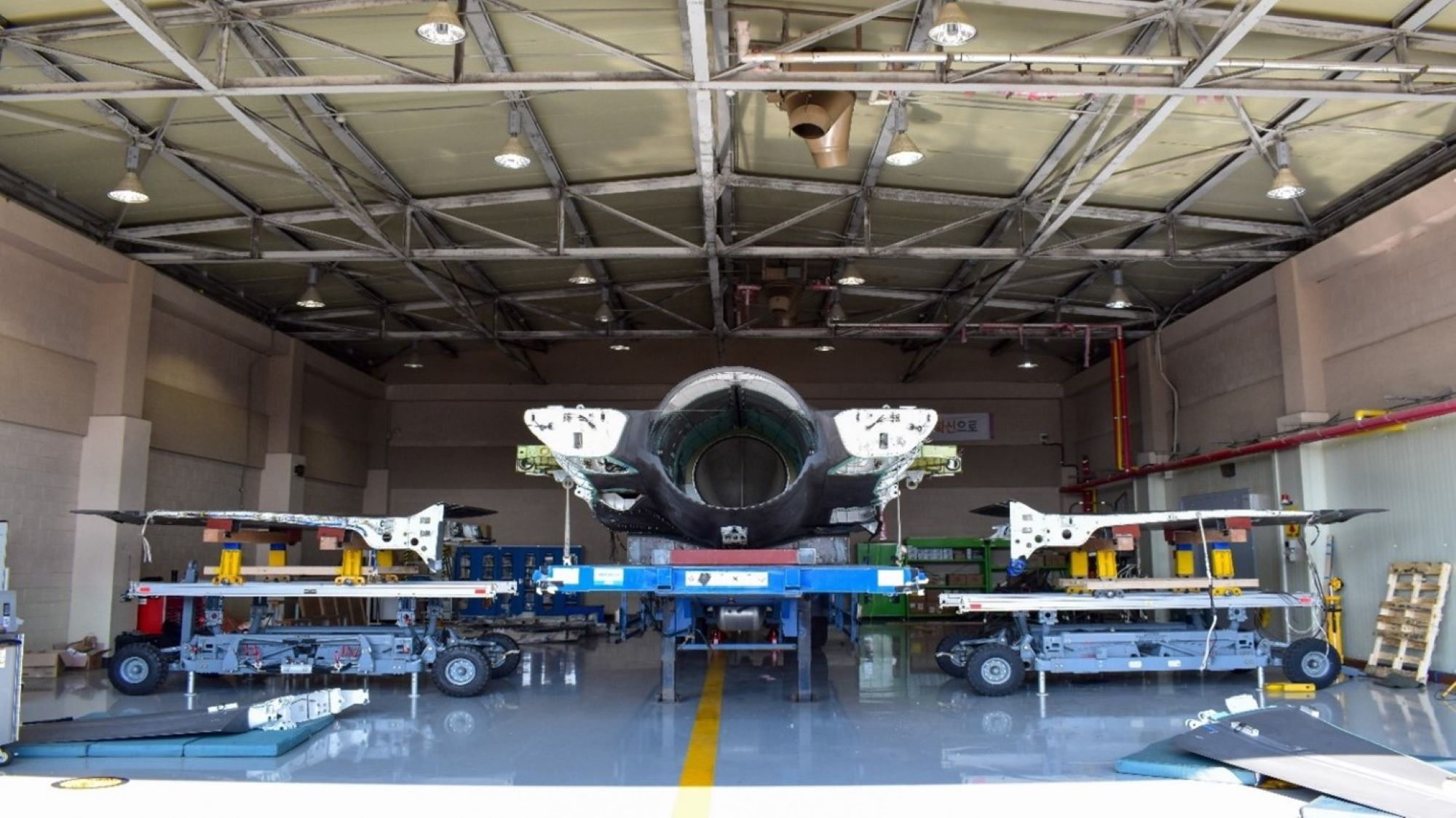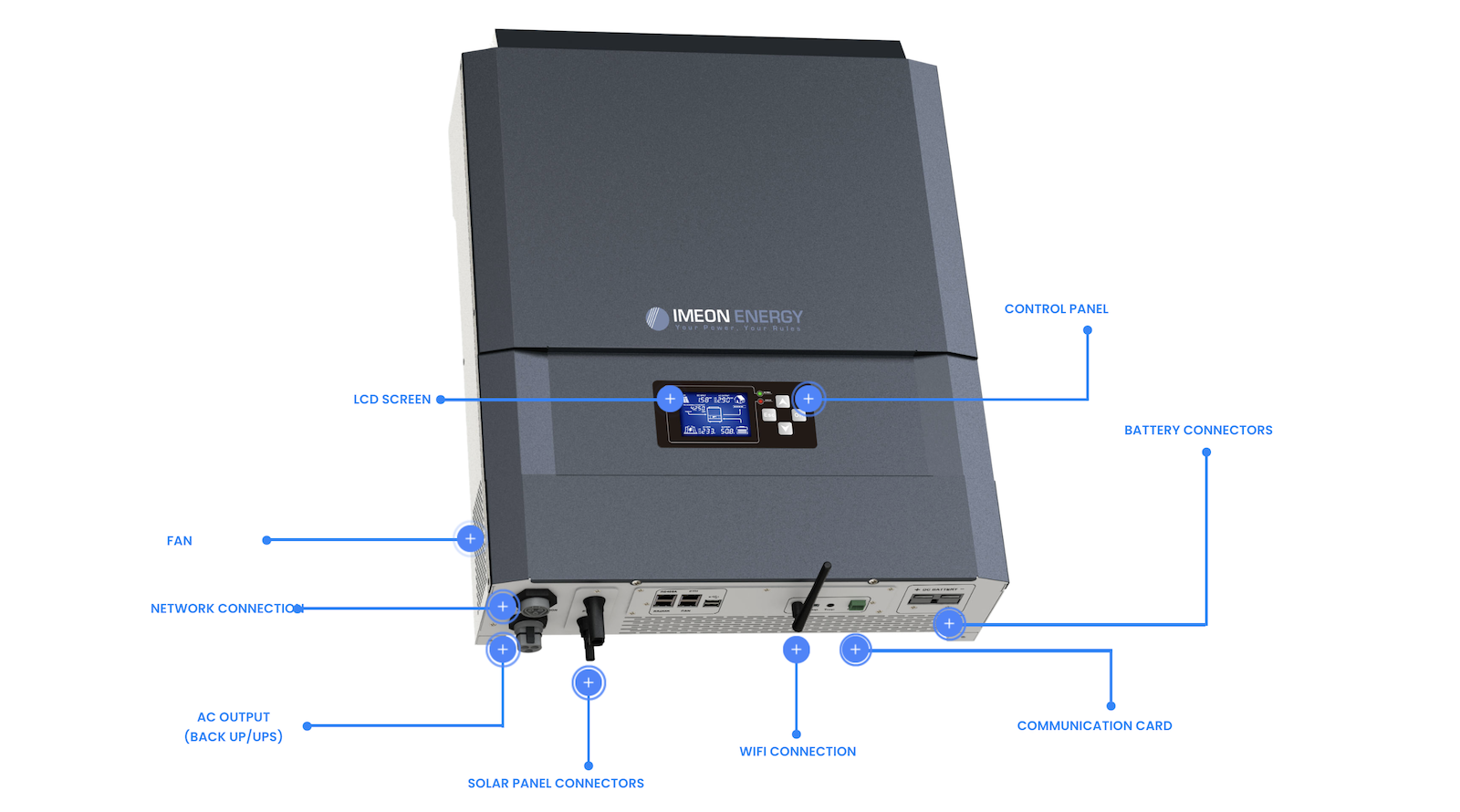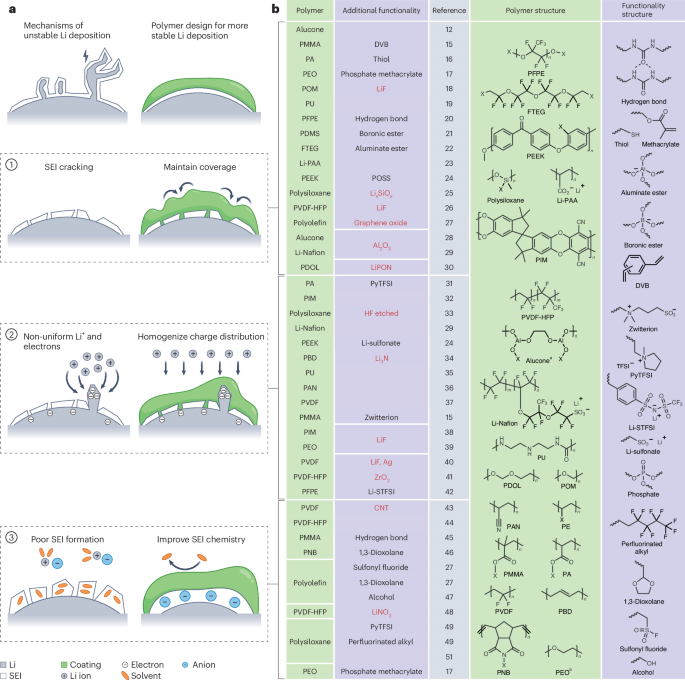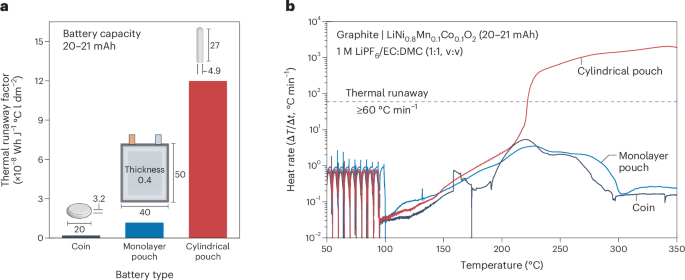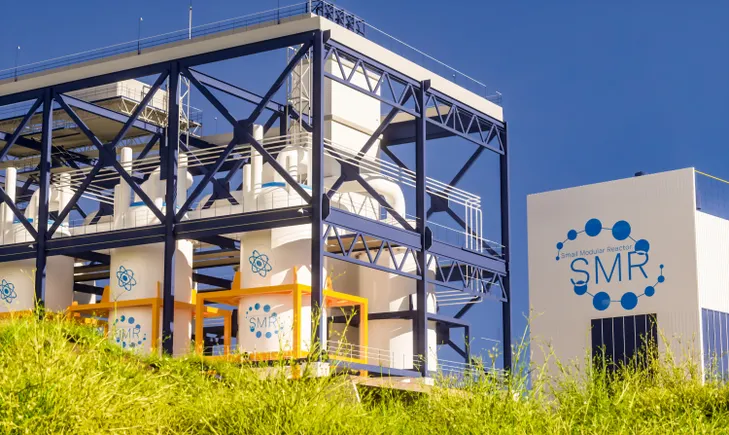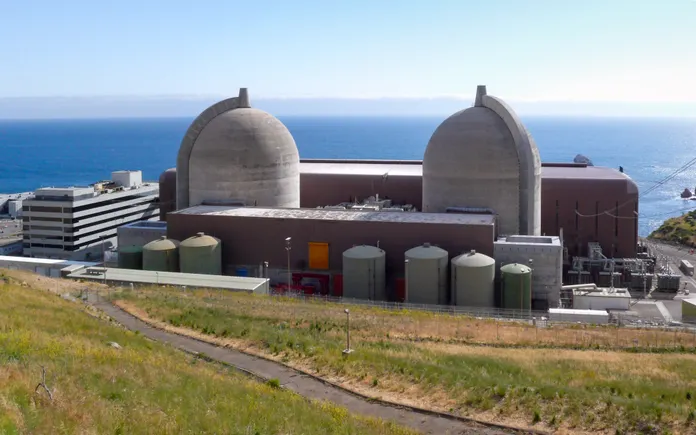Unlocking the Untapped Potential of Photoresponsive Dual‐Gas Nanomedicine in Glaucoma Therapy
Advanced Healthcare Materials, Volume 14, Issue 12, May 6, 2025.

This study presents an ingenious strategy for constructing photoresponsive dual-gas nanomedicine, PdH-D-S, which can penetrate the cornea and reach trabecular meshwork and Schlemm's canal. Subsequently, the H2 and NO are released in response to thermal stimulation generated by PdH-D-S under 808 nm laser excitation, which improves aqueous humor outflow and effectively reduces IOP for glaucoma therapy.
Abstract
Glaucoma, a leading cause of irreversible blindness worldwide, is characterized by optic nerve damage often associated with elevated intraocular pressure (IOP). Although gas therapies hold promise for glaucoma treatment, the limitations of single-gas strategies constrain their therapeutic efficacy. Here, a photoresponsive dual-gas nanomedicine is developed for targeted glaucoma therapy. The nanomedicine, PdH-D-S, is engineered by synthesizing mesoporous palladium hydride (meso-PdH) with efficient hydrogen (H₂) storage capacity and abundant pore channels, followed by surface modification with DSPE-mPEG and loading sodium nitroprusside (SNP) as a nitric oxide (NO) donor. PdH-D-S penetrates the cornea to reach IOP-regulating tissues, including the trabecular meshwork and Schlemm's canal. Upon 808 nm laser excitation, PdH-D-S releases H₂ and NO in a controlled manner. H₂ activates the AKT/p-AKT/eNOS/sGC signaling pathway, while NO binds to soluble guanylate cyclase (sGC), converting guanosine triphosphate (GTP) to cyclic guanosine monophosphate (cGMP), relaxing trabecular meshwork cells and enhancing aqueous humor outflow. This dual-gas system demonstrates high therapeutic efficacy in lowering IOP and offers a mechanistic advancement in glaucoma treatment through synergistic gas therapy.
































































